Dundee’s Low Emission Zone (LEZ) is likely to become a hot topic of discussion over the coming weeks.
From May 30, motorists driving banned vehicles will be fined £60 for entering the part of Dundee City Centre bordered by the A991 Inner Ring Road.
We heard from many readers after publishing an article on the potential impact of the LEZ earlier this month.
One reader commented that we “need fewer scaremongers, spouting their misinformation”.
Some strongly challenged the LEZ, citing the negative effects it could have on businesses and travel in the city centre.
Others were more supportive and keen on its environmental benefits.
Alternatively, some thought the restrictions it will bring are not necessary.
We looked into the “Integrated Impact Assessment” of the Dundee LEZ to see what kind of evidence there is behind many common positive and negative takes on the zone.
This was carried out by Systra prior to the it’s launch to help Dundee City Council.
Is the LEZ necessary to reduce emissions in Dundee City Centre?
Much of the debate in the comments on our article was focused around the likely effectiveness of the LEZ in Dundee.
Courier reader, Jerry48 commented: “As the number of EVs, including crucially buses, increases so the emissions levels are decreasing, as they have been for the past couple of years. The LEZ is frankly unnecessary.”
Another Courier reader added: “I do not believe that LEZs will make any overall positive difference to the environment. A classic case of a noble aim, but failing to deliver.”
A key aspect of the zones is that they promise to drive down air pollution levels in city centres.
This, supporters argue, helps to minimise respiratory health conditions.
Children and elderly people are particularly vulnerable to emissions.
LEZs are viewed by many health experts and academics as an effective way of reducing air pollution.
“Air quality in Dundee is generally good, but despite improvement in air quality…there remain several locations where exceedances of emissions exist”, write the Systra analysts.
“This improvement to air quality is the most significant positive impact of the LEZ and will have health and wellbeing benefits for residents, workers, and visitors to the city.”
What are the financial implications of the LEZ?
A shared concern amongst several readers was the negative impact the LEZ could have on businesses and footfall in Dundee City Centre.
One Courier reader asked: “It certainly isn’t worth it if you’re losing your city centre, office spaces, retailers, pubs! How is it worth slightly better air quality at the cost of losing so many businesses?”
Another commented: “Considering the continued trend of unoccupied units blighting the city centre, they (Dundee City Council) are facing a major self-inflicted barrier to boosting life in the city centre.”
Systra found that the LEZ could have a negative impact on smaller businesses, such as cafes and shops.
The analysts also recognised there could be challenges for commuters, who may have to find a public transport alternative.
This could disproportionately affect those working shifts in the the night time economy or as cleaners, receptionists and emergency services workers.
In turn, Systra analysts explain this could have “potential issues in keeping or finding a job in Dundee City Centre.”
The report’s authors add: “Consumers may choose to visit a store outside of the LEZ, rather than the store they previously visited inside the LEZ.”
However, many of the city’s taxis and the Xplore Dundee bus fleet have made adaptations in preparation for the scheme.
The three largest city centre car parks – at Bell Street, West Markertgait and the Wellgate Centre – are also excluded from the LEZ.
All of them are in within walking distance of most city centre businesses.
Readers’ support for Dundee LEZ – ‘cities should be for people’
Other readers were more positive about the scheme and the environmental benefits it should have.
One Courier reader commented: “The zones are part of a legislative trend against polluting vehicles that gradually moves manufacturers in a direction.
“I also believe city centres should be for people not massive vehicles.
“It should be a nice place to live without the need for a private car, that is how it was originally. Outside the centre we still need them, but there should be that choice.”
FerryB added: “The fewer polluting vehicles in our city centre the better.
“Other societal changes are impacting on city centres – like home working and internet shopping. But the LEZ won’t be the cause of declining footfall.
“We need fewer scaremongers, spouting their misinformation.”
Restricted access to more polluting vehicles should reduce emissions in the city centre, according to the evidence presented so far.
Systra analysts also say there could be benefits in an increase in cycling and walking as travel methods.
“Through the changing atmosphere of the city centre, some people and businesses may be more attracted to the area, generating more economic activity”, it says.
What types of vehicles can be brought into the city centre?
A growing concern amongst some Dundee residents has been the adaptions to vehicles that will need to be made.
Automatic number plate recognition (ANPR) cameras will be used to check the vehicles entering the city centre.
One Courier reader commented: “I purchased a like new Ford Ranger pick up early last year for £18k.
“Eighteen months later and I won’t be able to carry out trades jobs in the town centre unless I sell and lose the best part of £10k and fork out a premium for a eco van.
“I won’t bother with the hassle of getting into town anymore as there is plenty work out with. I can imagine other trades saying the same thing.”
The Systra report estimates that around 12% (around 1500) of the vehicles in the city centre will be “non-compliant” when LEZ charges are imposed.
“The introduction of a LEZ will create an additional cost to businesses that do not use compliant vehicles”, it says.
Among these it identifies companies who use large goods vehicles as facing the most significant challenges.
These are likely to be businesses operating in the construction, wholesale, retail, accommodation and food sectors.
However, Systra anticipates “private car owners will likely be affected to a lesser degree.”
“Few private car owners that currently access the city centre would consider replacing a non-compliant vehicle over adjusting their parking/trip habits”, it adds.
Should the LEZ be implemented outside the city centre?
The city council has to meet specific air quality standards in Dundee, with Nitrogen Dioxide (NO2) levels a key measurement for pollution.
Another Courier reader added: “Surely it’s more beneficial for the health of the people that LEZ should be implemented within residential areas not town centres.”
Two main locations where NO2 was found to be exceeding the limits in the city were inside the Inner Road Ring and the Lochee Road area.
Systra findings illustrate that the impacts of the LEZ could also be felt on Lochee Road
“Modelling has shown that some benefits will be felt city-wide as cleaner vehicles travel to/from the LEZ area”, it says.
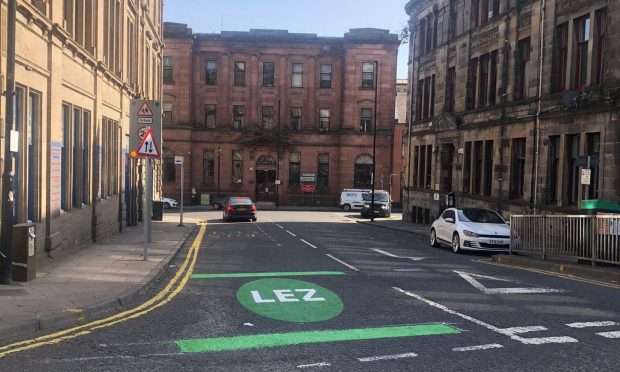
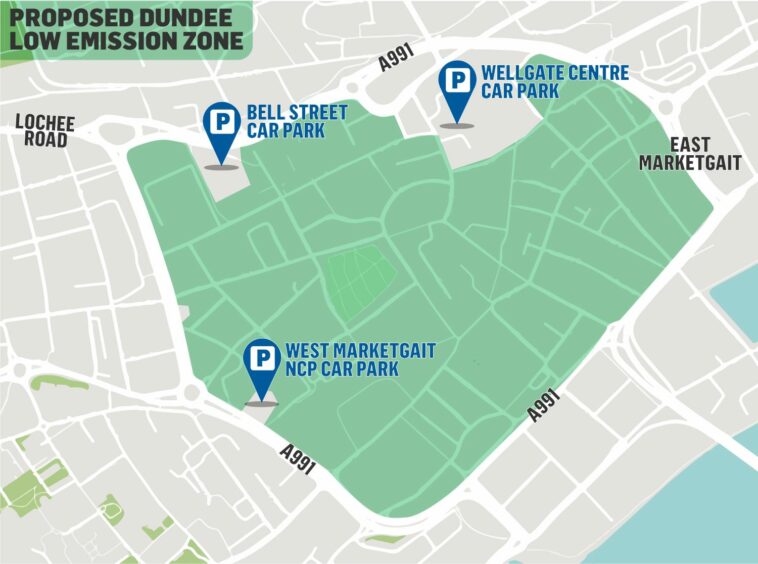

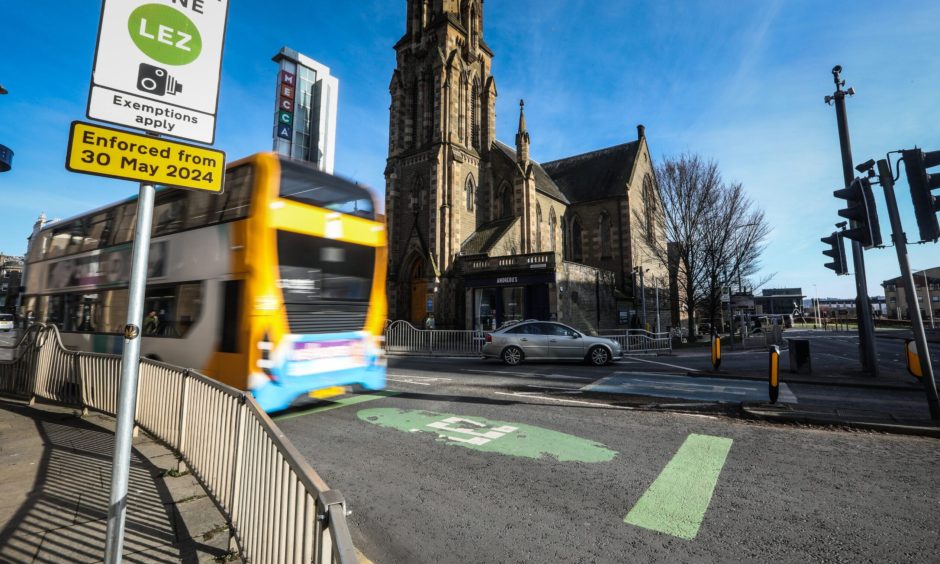




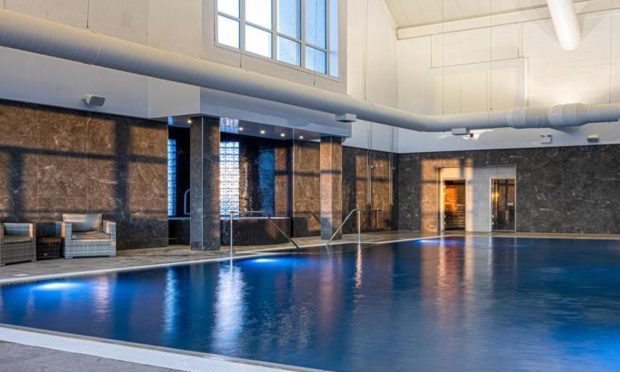
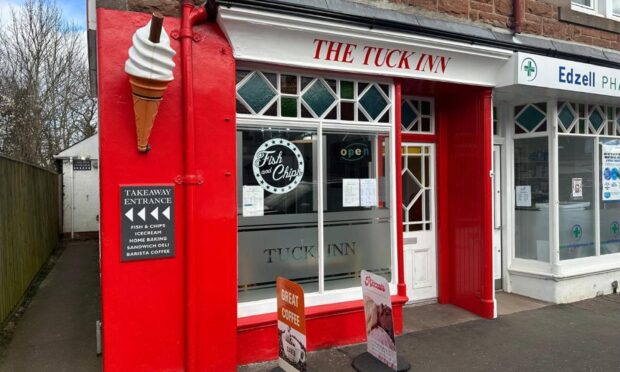

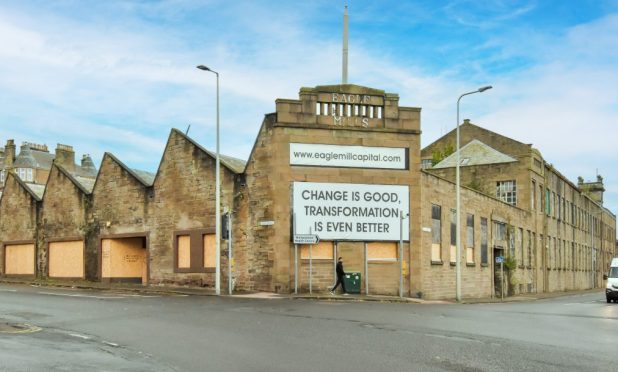
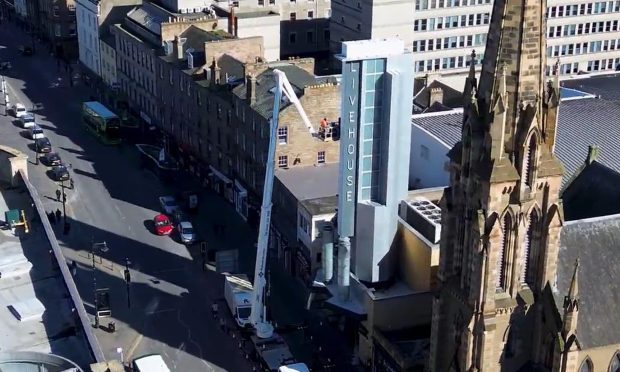

Conversation